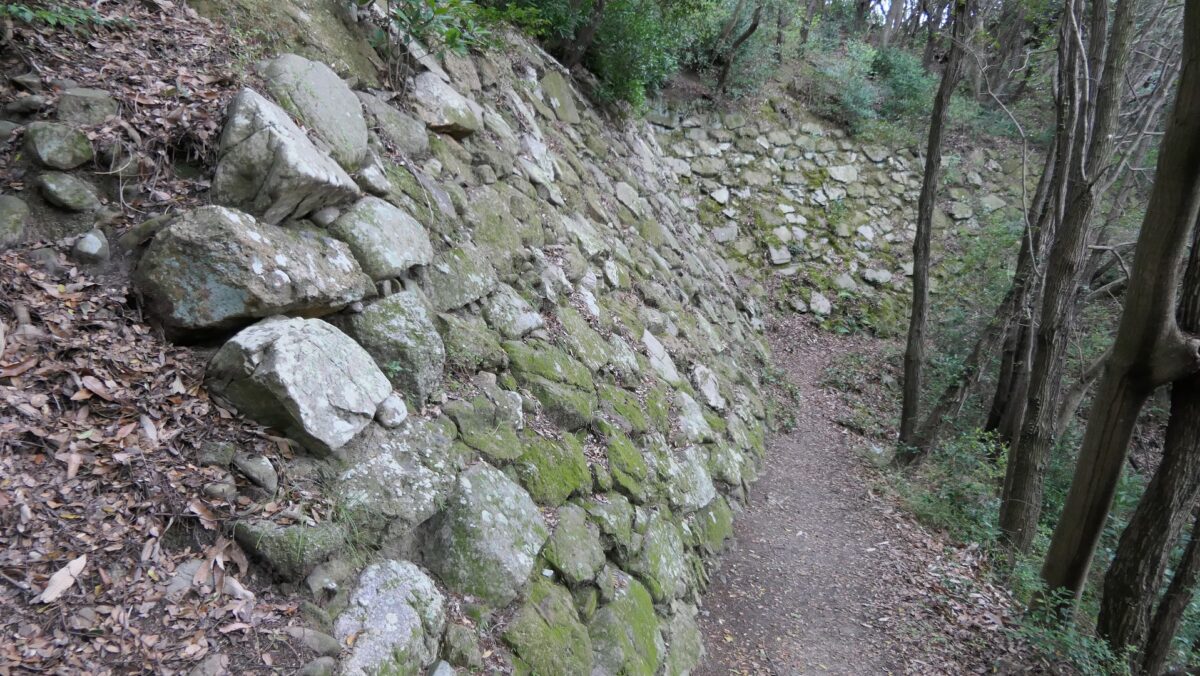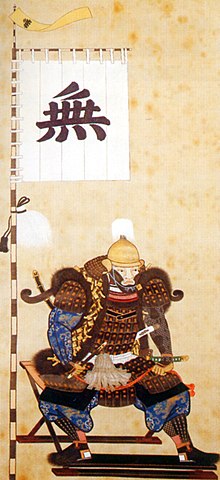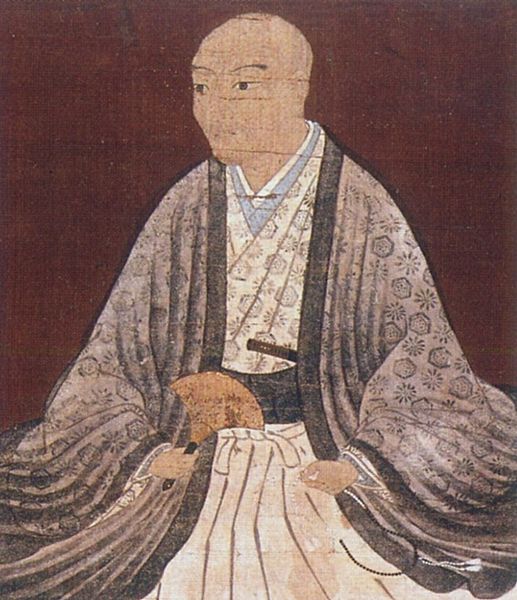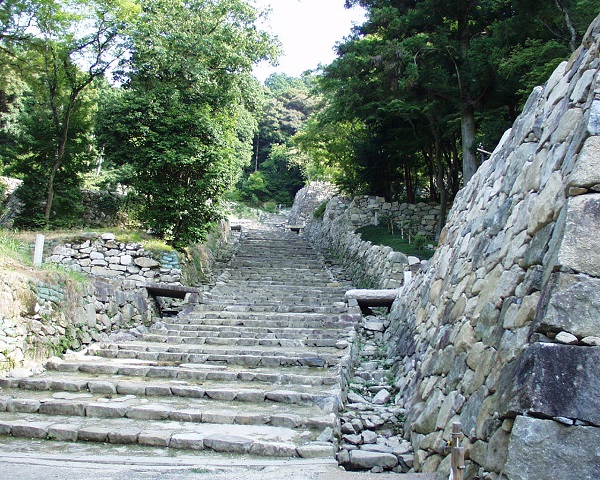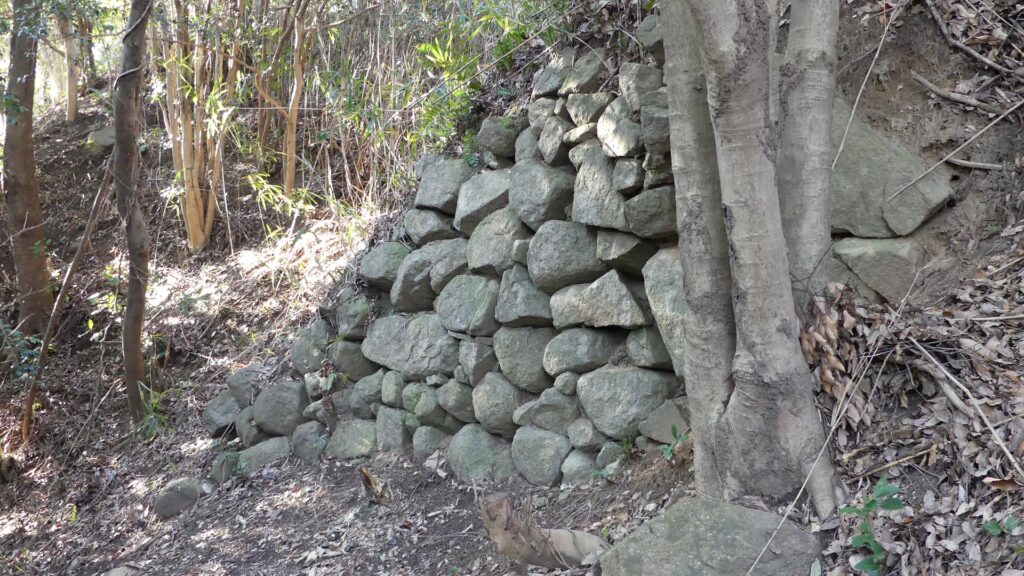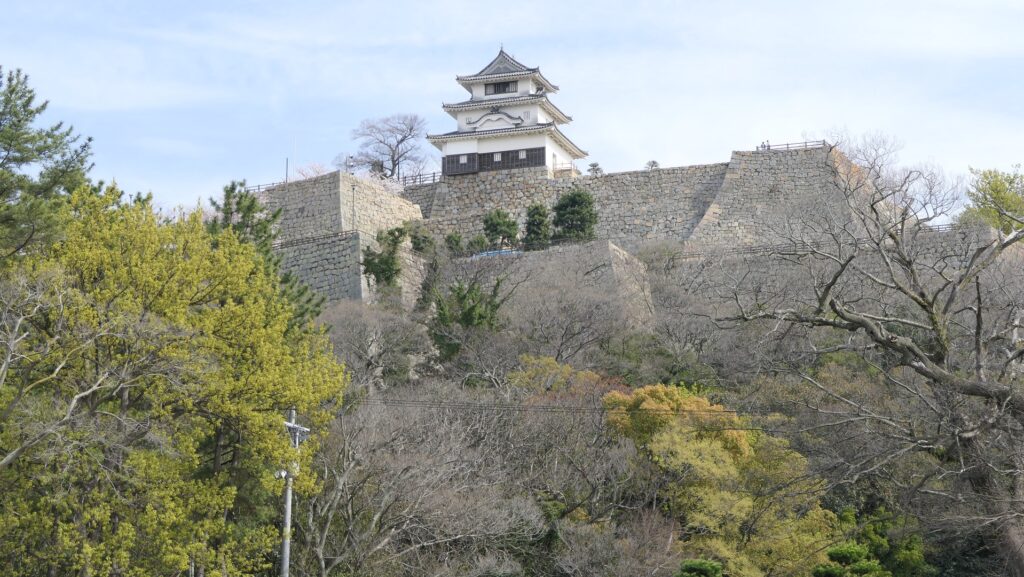Features
Eastern Enclosure as Lookout
The other one is the Eastern Enclosure which was used as a lookout point. You can actually see a great view of Harima Sea from the enclosure. The primary function of this site was the lookout point. The warriors would have had to watch see transportation in the past. This enclosure was covered with something like rocks which might have been the leftover of the original stone wall.
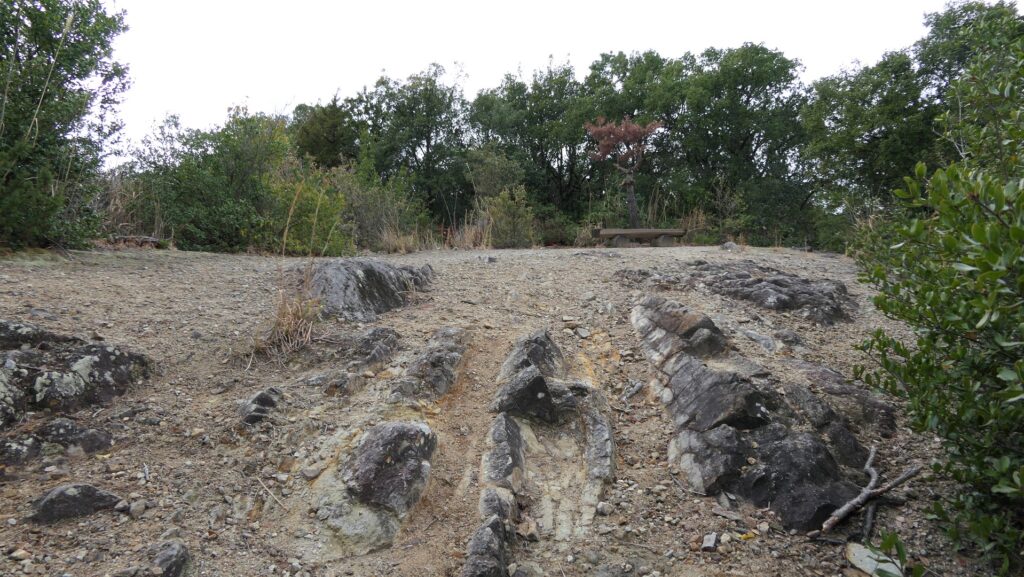
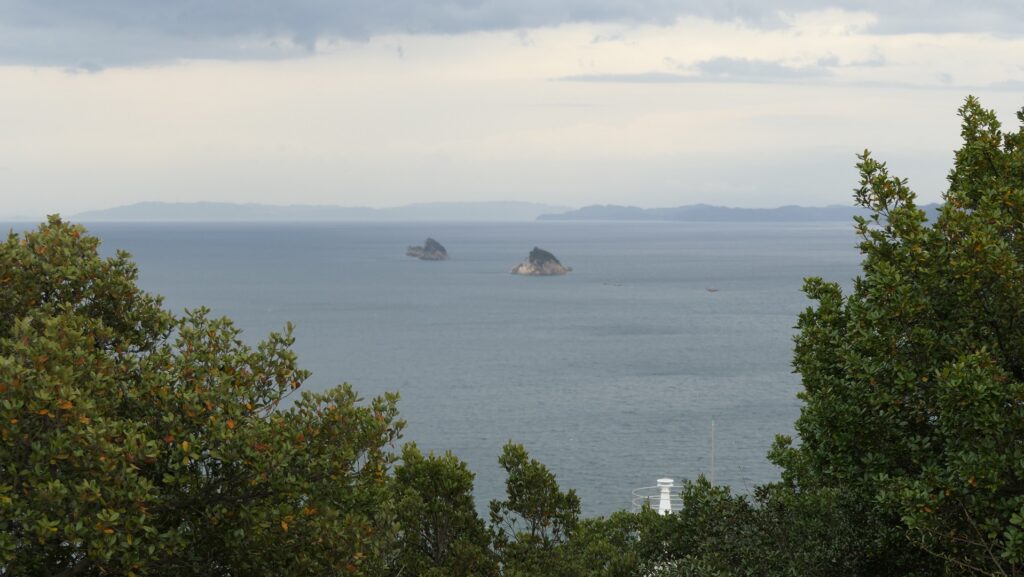
Several meters down the enclosure is the Hiketa-hana light station. It was first built in 1954 which helped lead ships to safety.

Later History
After Hiketa Castle was abandoned, the Takamatsu Domain owned the ruins of the castle. They planted trees while the castle town was eventually turned into a port town and it prospered during the Edo Period. About 100 years ago during the Taisho Era, the ruins of the castle were developed as the Shiro-yama Park built with a hiking trail as well as observation platform. Higashi-Kagawa City which owns the castle ruins started to excavate them back in 2010 and found out the castle was very important in governing the area around. As a result, the ruins were designated as a National Historic Site back in 2020.
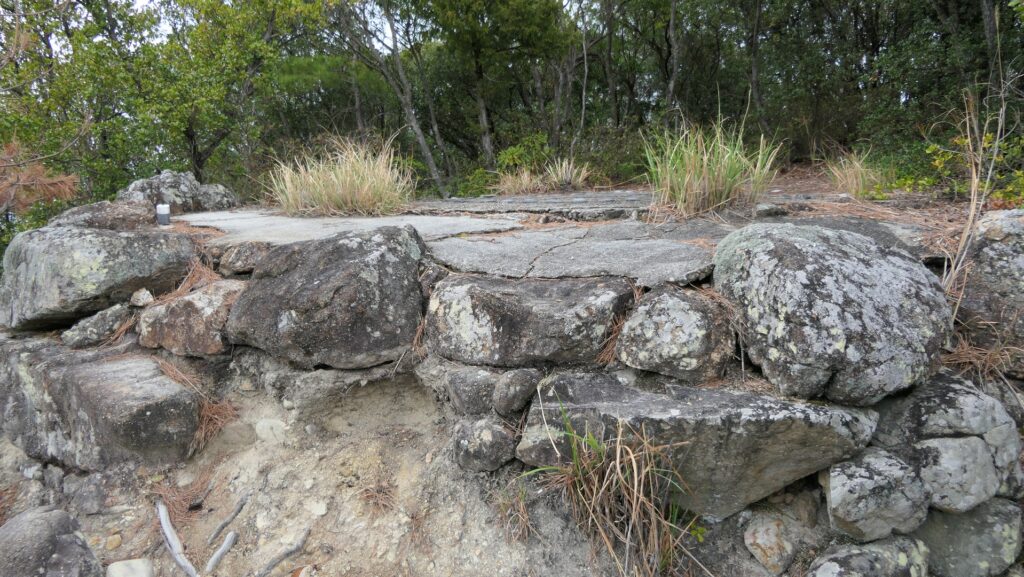
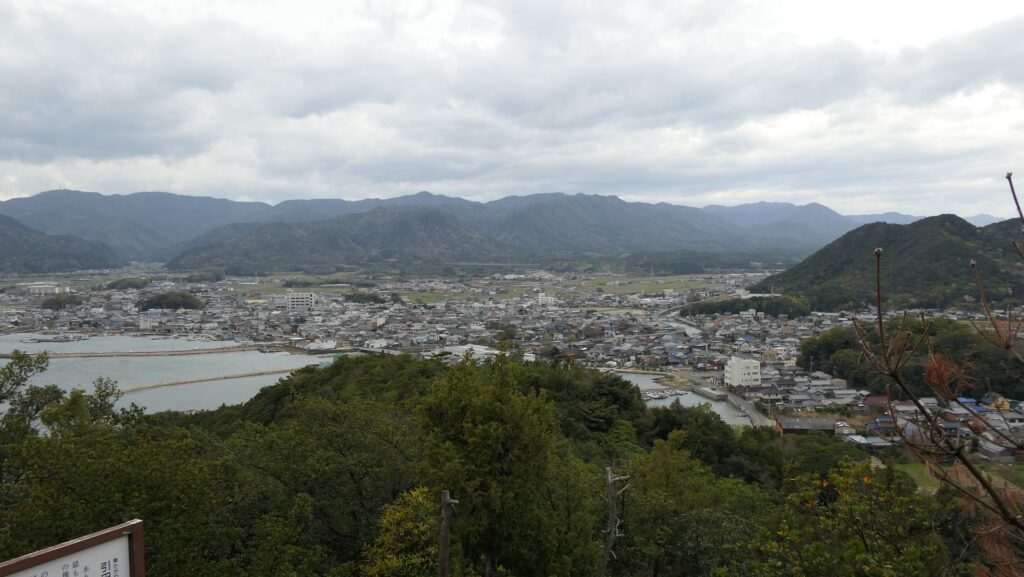
My Impression
I think that the ruins of Hiketa Castle are very good educational materials for visitors who want to learn what people at that time thought about castles with stone walls and other new structures. They would have felt things would change and a new era would come, otherwise, such stone walls would not have been built on such a mountain castle which basically did not need stone walls to protect it. That’s why the castle ruins which remain now is so valuable.
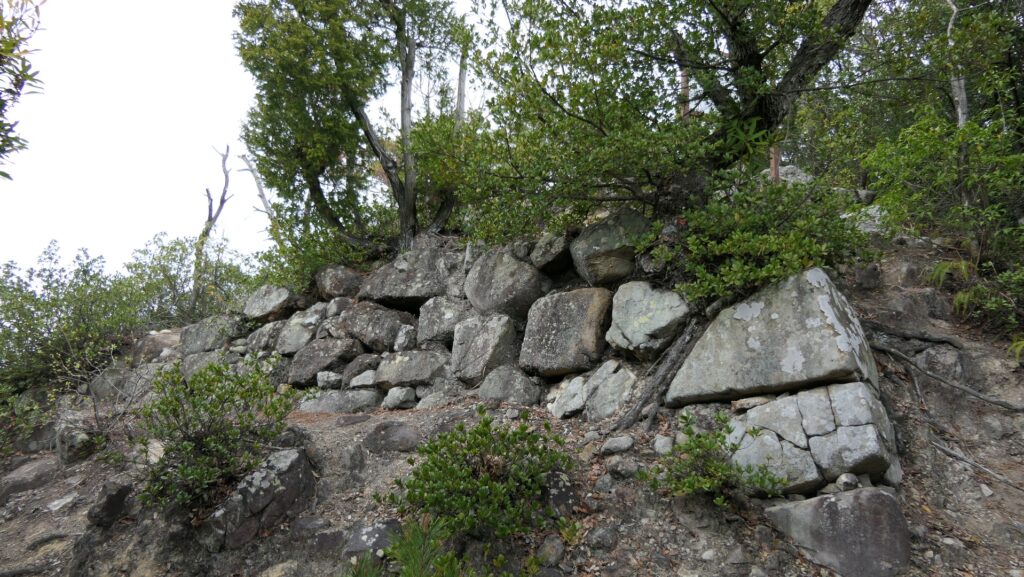
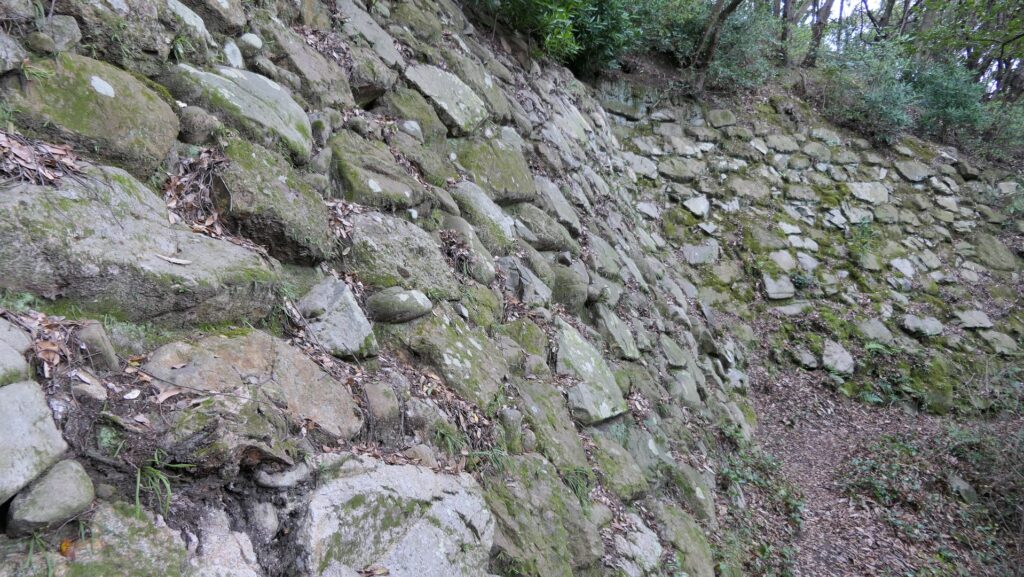
On the other hand, I also think the ruins still have some other things to be improved on. For example, the latest official brochure doesn’t match what the signposts say at the site in several points. Visitors may get confused. I also hope that the original Main Route will be restored in the future, open to visitors.
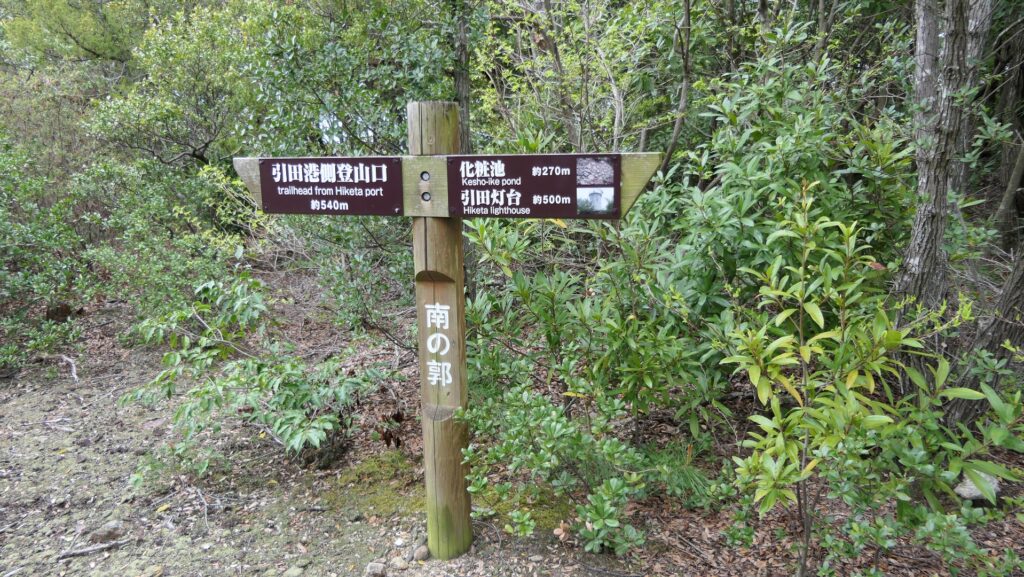
In addition, the Hiketa Town still has old rows of merchants’ houses. They are another good place to visit. You can also buy souvenirs there such as local soy sauces and sweets made from refined sugar called Wasanbon.
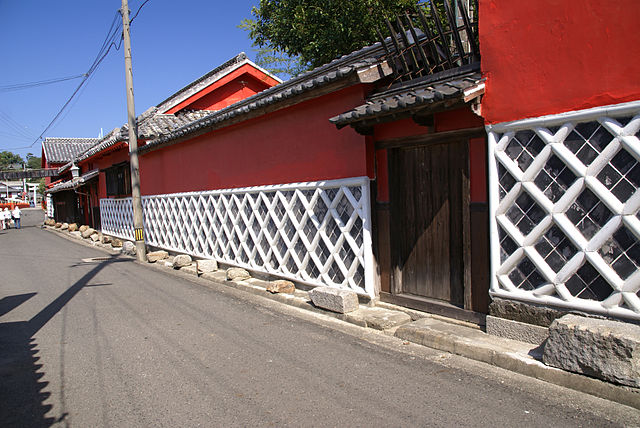

How to get There
If you want to visit there by car:
It is about 10 minutes away from Hiketa IC on the Takamatsu Expressway.
You can park beside the Tanoura Campsite or Hiketa Port.
By train, it is about 30 minutes away from JR Hiketa Station on foot.
To get to Hiketa Station from Tokyo or Osaka: Take the Tokaido or Sanyo Shinkansen super express and transfer at Okayama Station to the Seto-Ohashi Line. Take a train called the Marine Liner bound for Takamatsu, then transfer again at Takamatsu Station to the Kotoku Line.
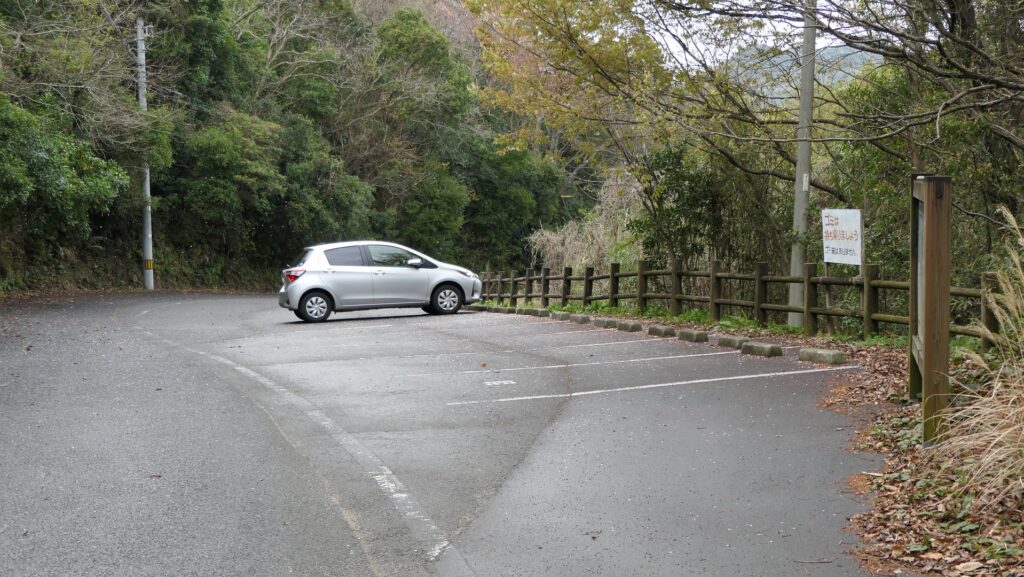
That’s all. Thank you.
Back to “Hiketa Castle Part1”
Back to “Hiketa Castle Part2”


